More than a century ago, specifically in 1920, he arrived in Cairo fleeing the Ottoman massacres, a young man under twenty, among his younger sister, exceeded several thousand kilometers, hiding night and day, hiding from the eyes of the Turkish forces' spies, which spread inside the villages Armenian during war I, before its army committed one amongst the foremost heinous massacres in modern history, massacring over 1,000,000 and a half people.
Avedis Narcisse Chekjian ... that young Armenian man, who came to Egypt with the ambitions of a young man who faced death 1000 times before settling in Cairo, suffered greatly in search of labor and his sister's food, and when he did not do so, he bought a little shop in Ataba Square, Its area didn't exceed two meters, and he allocated it to sell some household appliances, which was at that point a good technological breakthrough, and after some years he decided to specialize in selling "Primus", which may be a kerosene stove.
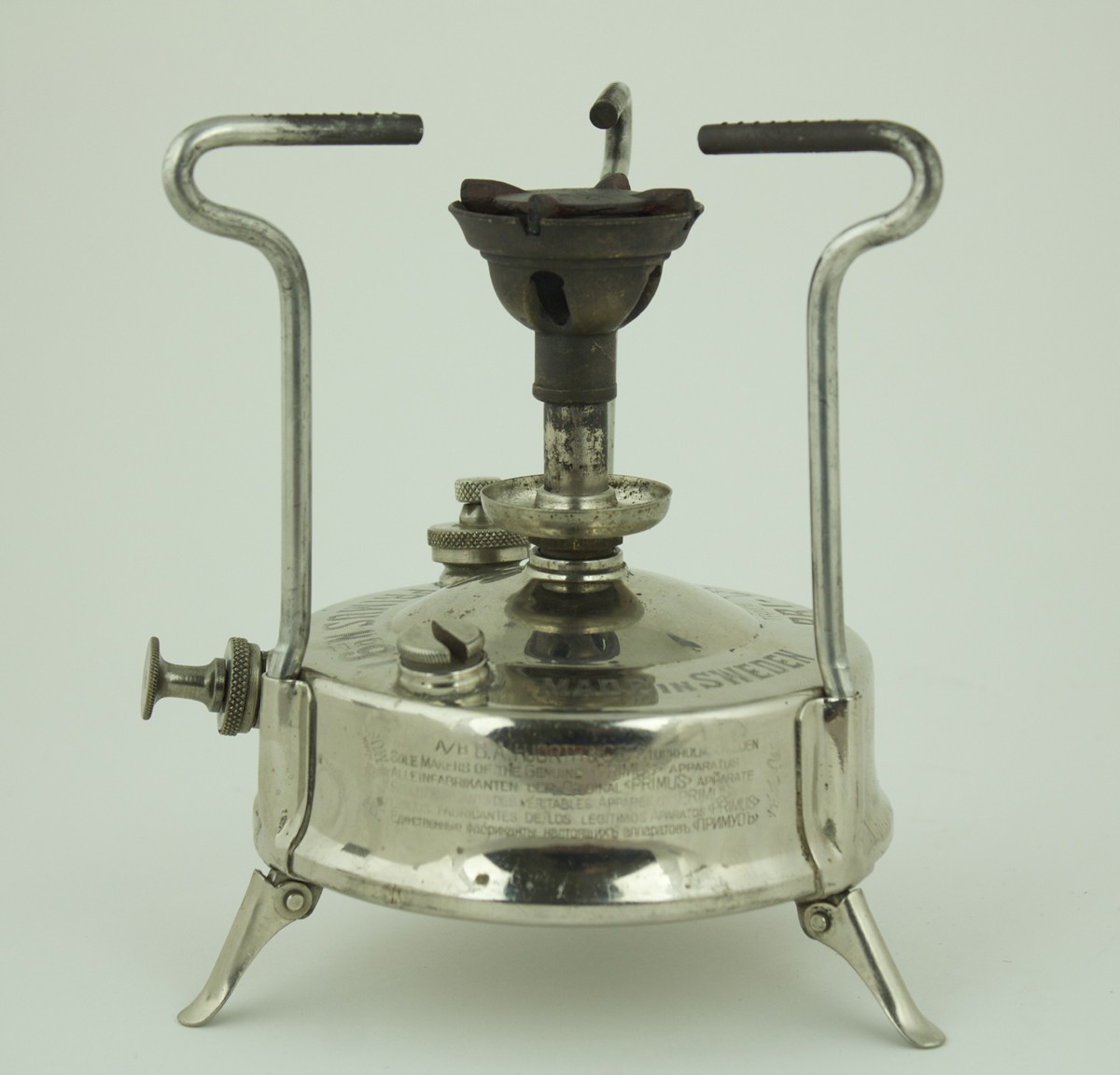
The origin of the word Primus goes back to the French language, where the term vapeur, which suggests kerosene vapor mixed with smoke, as soon because it entered Egypt In 1930 it spread among people, in villages and cities, and it absolutely was used either for cooking or for heating on cold winter nights. it absolutely was of the sort "Primus", which suggests in Swedish language "stove", because the trademark belongs to at least one of the foremost important Swedish industrial establishments specialized in making Kerosene stoves.
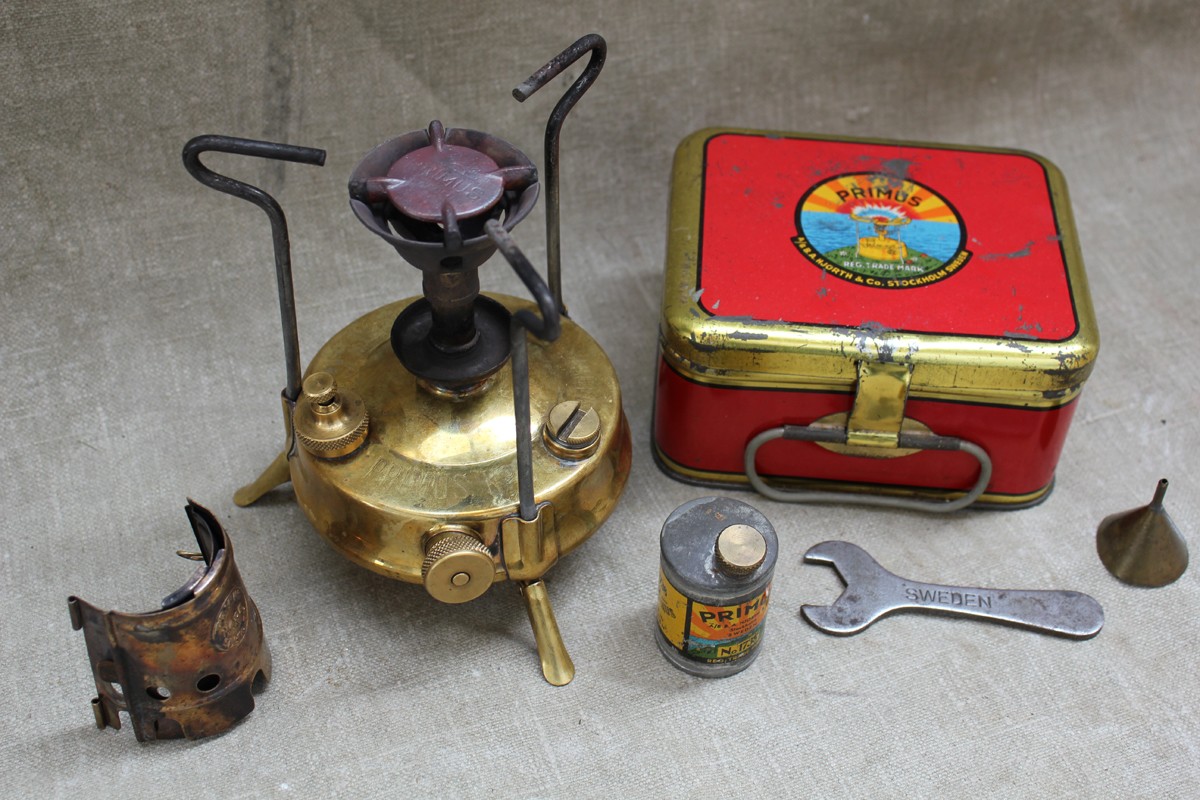
The Egyptian Primus represented a jump, ranging from the thirties of the last century, when it had been a technological miracle that contributed to helping women and house wives within the work of the house, and it also relieved everyone from the difficulty of lighting a fireplace of firewood, blowing and shoveling ash, coal dust and therefore the smell of smoke, so his melodious voice became a source of heat and reassurance for the Egyptian family And to the current day, some rural families seek help from it, whether in territorial division or within the DeltaforthePrimus.

As for the shop of Avadis, it started in 1930 with a vicinity not exceeding two meters, and after some years and as a results of the recognition of its trade, it became the owner of six shops within the area of Ataba, before he owned a wholebuilding within the square of Ataba and bears the name Primus, and was concerned only with selling household appliances, on top of it Primus Primus, and later this headquarters became a regional center for the center East, and tiny pieces inside wooden boxes entered Egypt, then collected and shipped to Arab and African countries, and in 1970 Avedis Narcisse Chekjian decided to determine two factories to manufacture it all told different sizes, and before his death in 1998 he Selling everything to an Egyptianbusinessman.
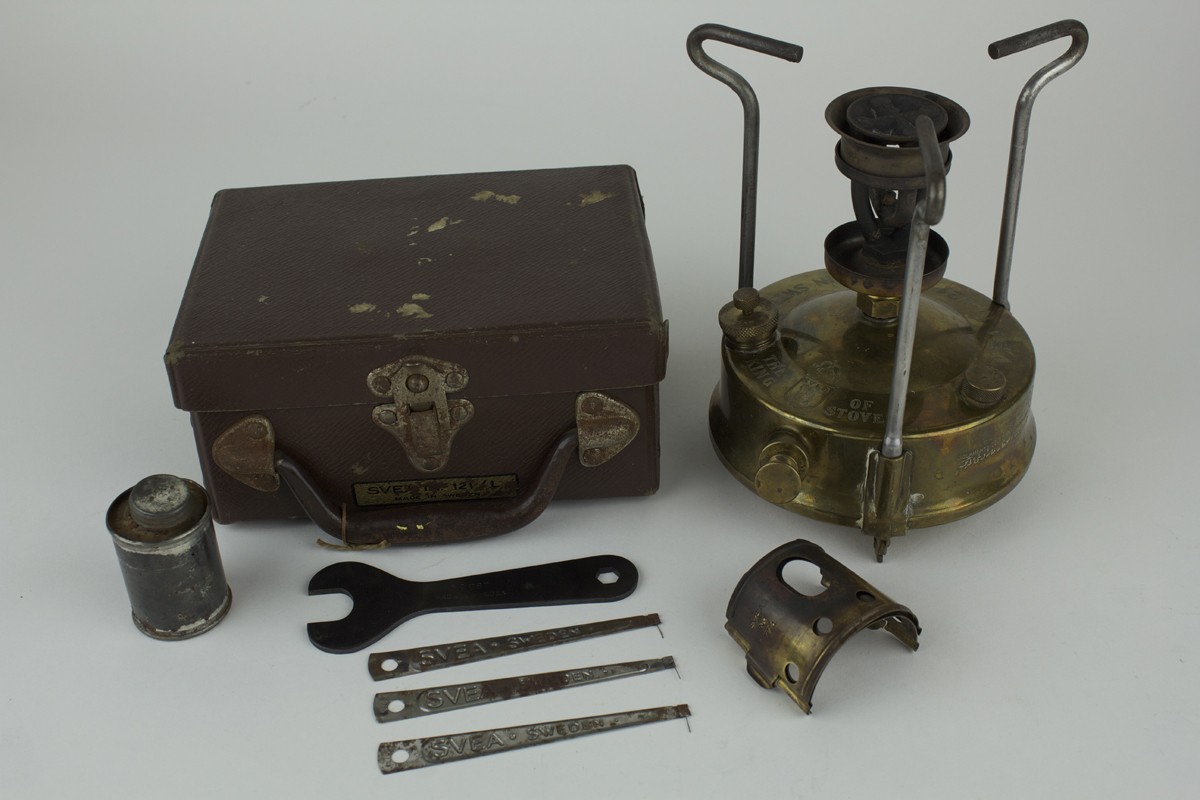
The Primus Primus consists of several parts fabricated from copper, it consists of a cylindrical body with a diameter of about twenty centimeters, and a height of about ten centimeters, and it contains two openings side and also the other upper, the primary could be a cover wont to fill the kerosene and incorporates a key to release gas pressure the interior partial or complete, and also the second contains an compressor with a non-return valve "Six-Pulp", which is employed to push the air into the tank to extend the interior pressure, and forestall its exitat theidentical time.
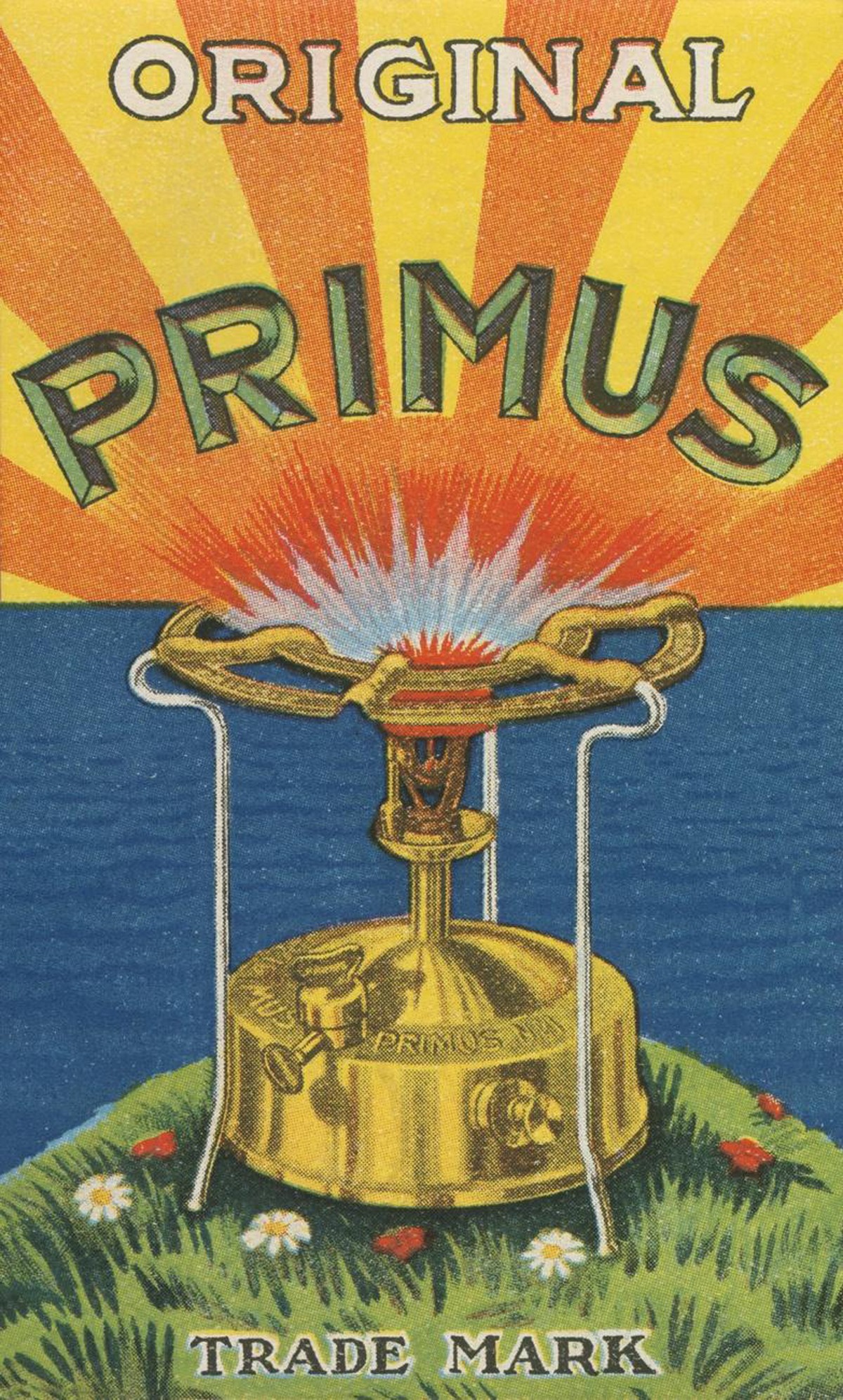
To operate the door, the ignition machine is installed within the upper hole, which is three interlocking red copper pipes whose beginning is connected to the upper hole of the tank and meet at its end with one point during which a foil is installed, and also the fonin could be a piece of copper with a certain hole that points up to the exit of the kerosene vapor answerable for The ignition process, and on the world separating the machine from the tank, there's atiny low cylinder of tin with a diameter of about five centimeters, which heats the machine at start-up. This body stands on three iron legs extending horizontally above the stove with a height of up to 30 cm. it's also accustomed carry a pot Cooking, and sometimes an external rack is placed round the stove to hold heavy weight pots.


































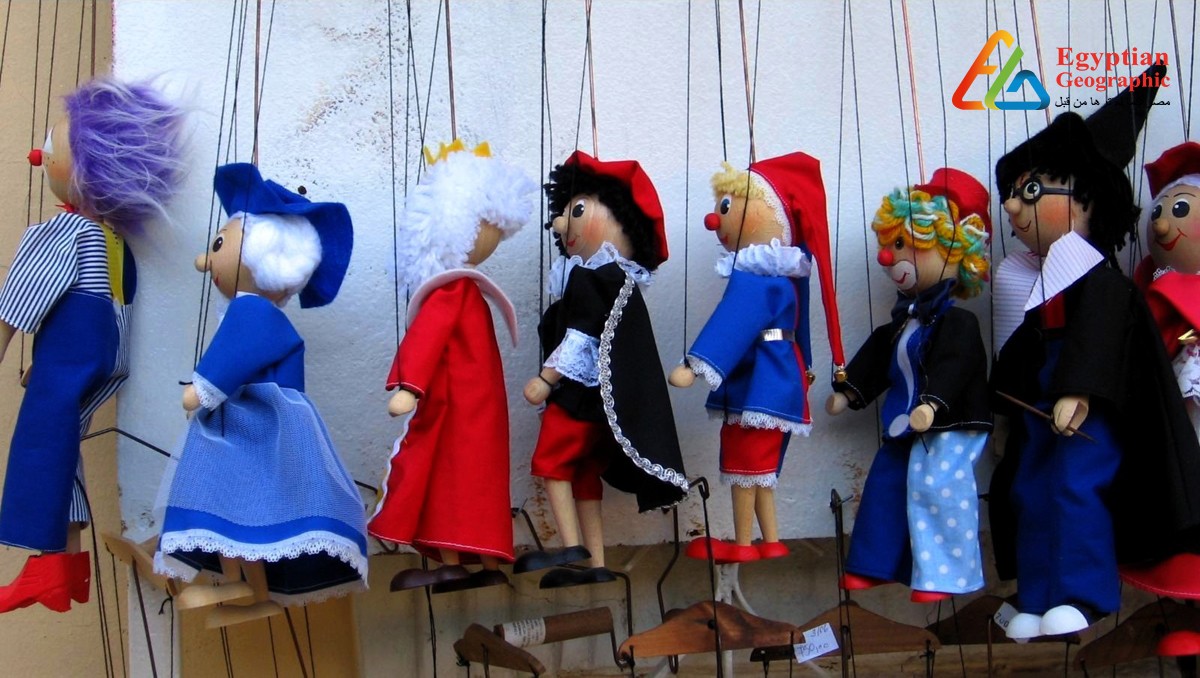
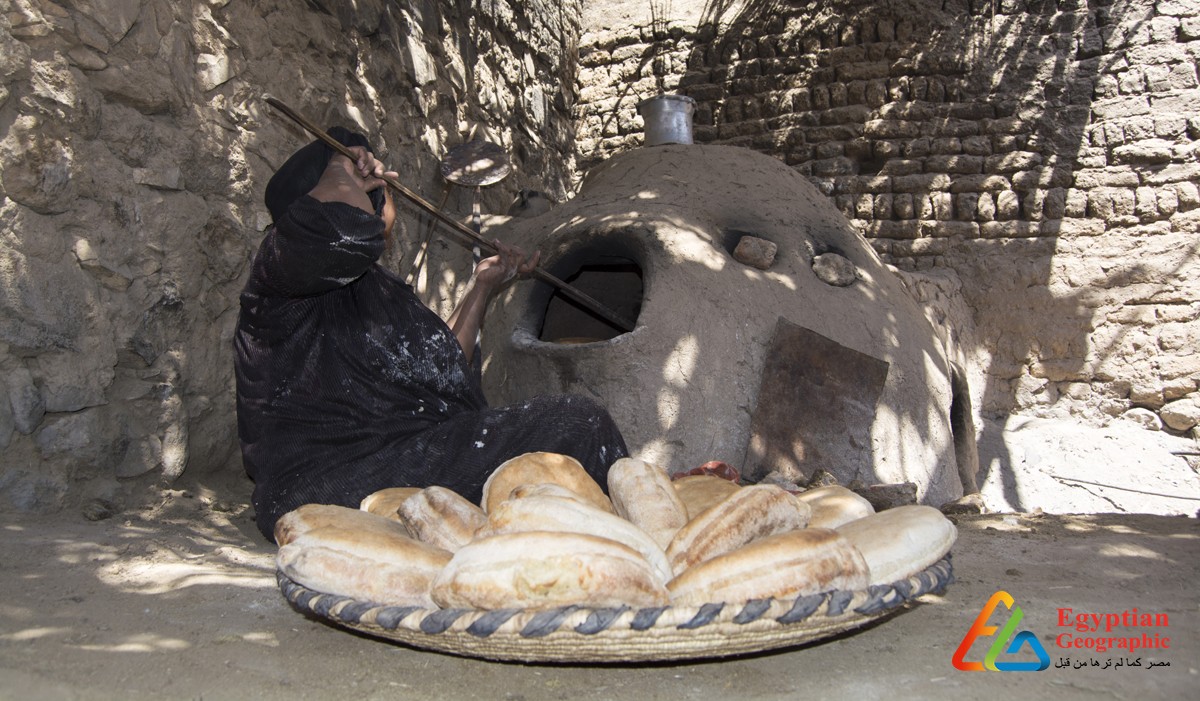
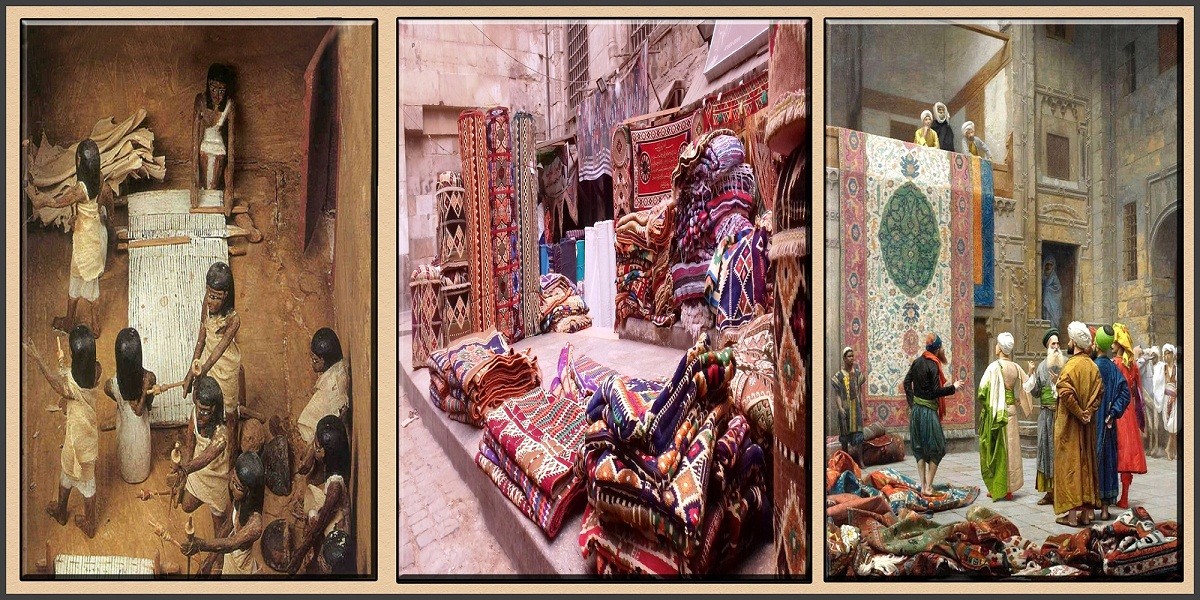


























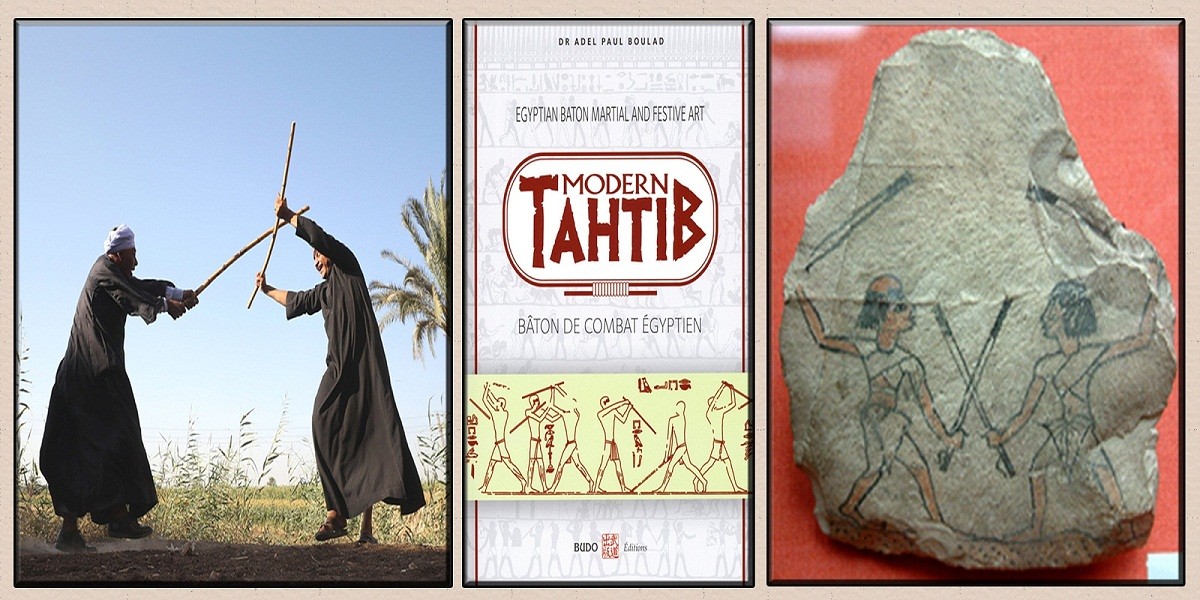
Egyptian Site & magazine